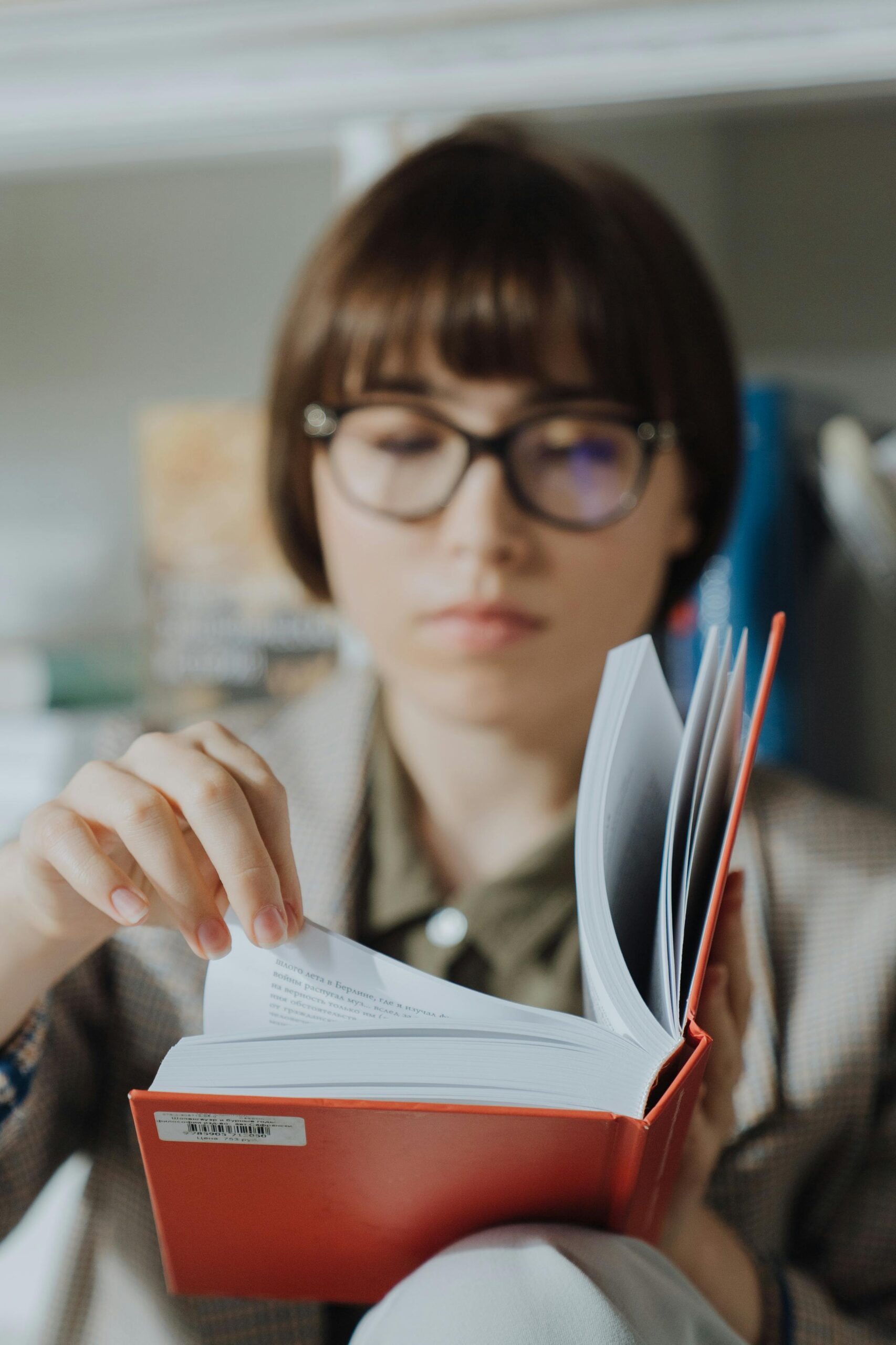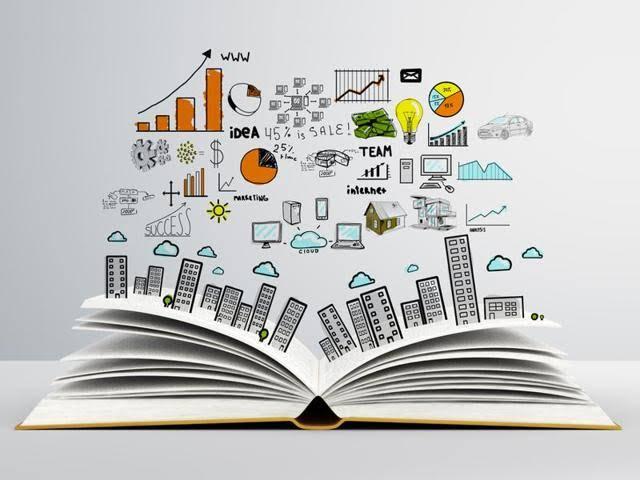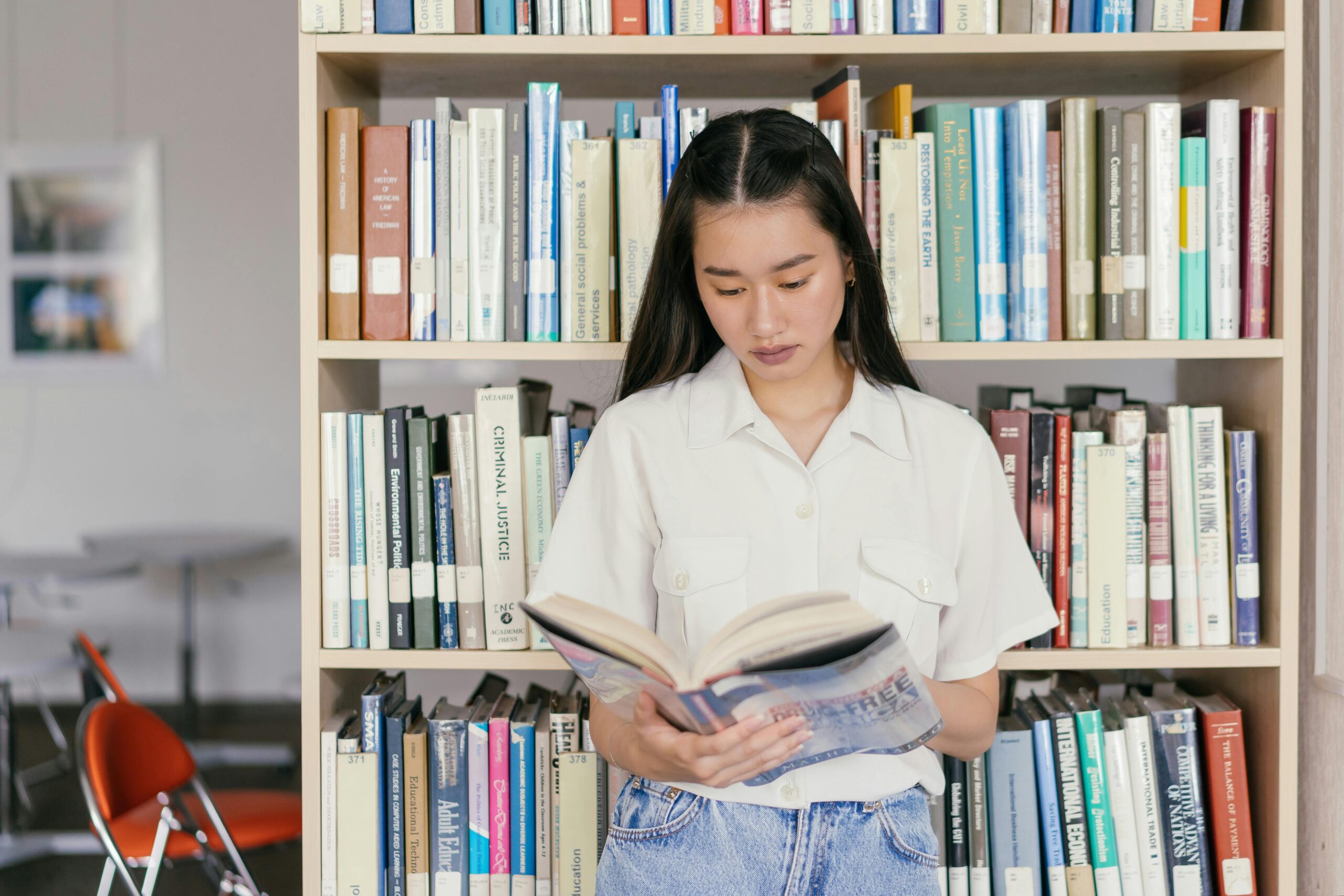You’re accustomed to lecturing, leading discussions, giving presentations, and doing other things in front of your class to impart a concept or lesson to your students. It’s important to be a good teacher and also try being a pupil again.
You are motivated to seek ways to improve your teaching skills because you have a passion for teaching. However, it’s not always easy to improve your teaching skills, especially when you consider the many hours you spend in the classroom on lesson preparation, instruction, grading, and meetings.
We have put together a handy reference that includes suggestions on how to improve your teaching methods. These 10 strategies are divided into classroom and non-classroom settings. They will help you to spark your curiosity and guide you in your quest to improve your teaching techniques.
Classroom Suggestions to Improve Teacher Performance
1. Start small and think big
We all know there’s more material than time to cover with students, so teachers try to squeeze as much in as they can. This rarely works, as studies have shown that students lose focus and are less attentive when instruction lasts more than 10 minutes.
It is, therefore, impractical to teach a big concept at once. Not only will students not retain the information, but they will stop paying attention minutes into the lesson. Teachers must instead break large concepts down into smaller, easier-to-digest lessons. Focus on the small first and then build up to larger concepts.
The ADEPT method is a way to help teachers break down big concepts into smaller ones. The ADEPT breaks down your lesson into five easy steps:
- Analogy – Tell them what it is like
- Diagrams – help them visualize it
- Experience it yourself
- Simple English – Use everyday words to describe it
- Technical Definition – Discuss the formal, larger-picture details
Laying the foundations and gradually building up their knowledge about the concept or subject can increase the likelihood that your students will absorb and retain the lesson. This not only helps your students do better in class but also helps you cover more material.
2. Use the latest technology
Why not use technology to enhance your teaching abilities? Technology, whether it’s apps, tools or games, can and will transform how teachers and students teach.
The U.S. Department of Health & Human Services released a comprehensive document outlining its goals for the role of technology in America’s future classrooms. The report Reimagining Technology in Education says that “educators are supported by technology which connects them with people, data and content, as well as expertise and learning experiences. This will empower them and inspire them to deliver more effective teaching to all learners.”
The report also includes four principles that teachers can use to make the best possible use of technology in their classrooms:
- #1: When used correctly, technology can be an effective tool for teaching.
- Use technology to improve access to education for all children.
- Third, technology can strengthen relationships between parents, families, early educators, and young children.
- When adults and peers co-view or interact with young students, technology is more effective.
Technology can also help teachers adapt their lessons to a teaching method known as Universal Design for Learning. CAST, a nonprofit education organization and the National Center on Universal Design for Learning recommend implementing flexible learning environments and various technologies to help teachers accommodate more diverse learning styles. Since implementing UDL with technology, the graduation rate of one Indiana school has increased by 8%, while AP class enrollments have also increased.
3. Prioritize relationships with students
You may be teaching students with different personalities, learning styles and socioeconomic situations, depending on the grade and subject you teach. It pays off to be able to recognize and respect those differences.
According to the American Psychological Association, positive teacher-student relations improve students’ academic and social performance. Try these APA strategies to improve your teaching abilities and nurture the relationship between teacher and student in a safe, effective, and appropriate manner.
- Expectations and rules should be clear
- Be sure to make an effort to connect and get to know each student
- Spend time with each individual
- Encourage a positive climate in the classroom
- Giving meaningful feedback
4. Empower your parents to be allies
Why not take advantage of the fact that parents are more involved than ever in their children’s educational success? Parents can play a vital role in improving student and teacher success.
From the first day of class, you can begin to build these relationships. Send a note or an email to parents and students outlining your expectations. It can be a great way to foster an honest, open and trusting relationship with parents.
The technology also helps to remove communication barriers between parents and teachers – good or bad. Parents can receive instant feedback from their children’s teachers via student emails or learning portals. Teachers can also communicate with parents on how to help their children meet their expectations.
5. Make sure you know your curriculum
Teachers should not expect themselves to remember all they have learned throughout their careers.
Keep your knowledge current and fresh. This is a great way to improve your teaching abilities. Here are some suggestions:
- Continue your education
- Join professional associations relevant to your field or education in general
- Revisit your lesson plans
5 Reasons Why Continuing Education is Important for Educators
Education is constantly changing, and more so than ever before. Download our eBook to learn how you can prepare.
6. Use the feedback that you receive
Constructive criticism is a vital tool for improving your teaching abilities. You can get an honest view of your teaching abilities when you gather feedback from different sources, such as peers, leaders and students. Here are a few suggestions that can help:
- You can ask another teacher to observe your class.
- You can ask your department head or an administrator to attend your class.
- You can ask your students to give you feedback.
- Take action on the input.
Receptiveness to feedback not only helps you improve as an educator but also allows students to develop a positive impression of you. Students know when a teacher is truly interested in helping them succeed.
7. Collaboration with colleagues
In teaching, two heads are better than one. Collaboration with colleagues can help you gain new perspectives, develop strategies and improve your teaching. Here are a few ideas for fostering collaboration:
- Join or create a Professional Learning Community (PLC).
- Participate in peer observation.
- Share lesson plans, resources and other materials.
- Participate in collaborative or co-teaching arrangements.
Working with your colleagues will not only help you improve your teaching abilities, but it will also create a sense of community and a shared purpose in your school.
8. Pursue professional development
Teachers must constantly learn to keep up with the latest trends in education, technology, and methods. Professional development comes in many different forms.
- Attending conferences and workshops.
- Online courses and webinars are available.
- Enrolling in graduate or certificate programs.
- Read professional journals and books.
By investing in your professional development, you can ensure that you are a highly effective and inspiring educator who is able to bring the best practices into your classroom.
9. Consider your teaching methods
Self-reflection can be a powerful tool in professional development. You can improve your teaching methods and recognize your achievements by regularly reviewing your practices. Consider these strategies:
- Keep a journal for your teaching.
- Record and review all your lessons.
- Measure your progress by setting specific and measurable goals.
- Reflect on the feedback you receive from students.
Reflective practice allows you to be more intentional and mindful about your teaching methods. This will ultimately lead to better results for your students.
10. Work and life balance
Teaching is an extremely demanding career that takes a lot of time and effort. It is important to maintain your effectiveness and avoid burnout by balancing professional obligations with your well-being. Here are a few tips:
- Set boundaries on work hours.
- Regular physical activity is important.
- Meditation or mindfulness is a good way to start.
- Take time to pursue hobbies and other interests.
- Ask for help from your family, friends and colleagues.
You and your students will benefit from a balanced work-life schedule.Implementing these 10 strategies will help you improve your teaching abilities, create a positive learning environment, and enhance your students’ educational experience. The journey to becoming a better educator is an ongoing one, and each step you take towards improvement has a profound impact on your students’ lives.






